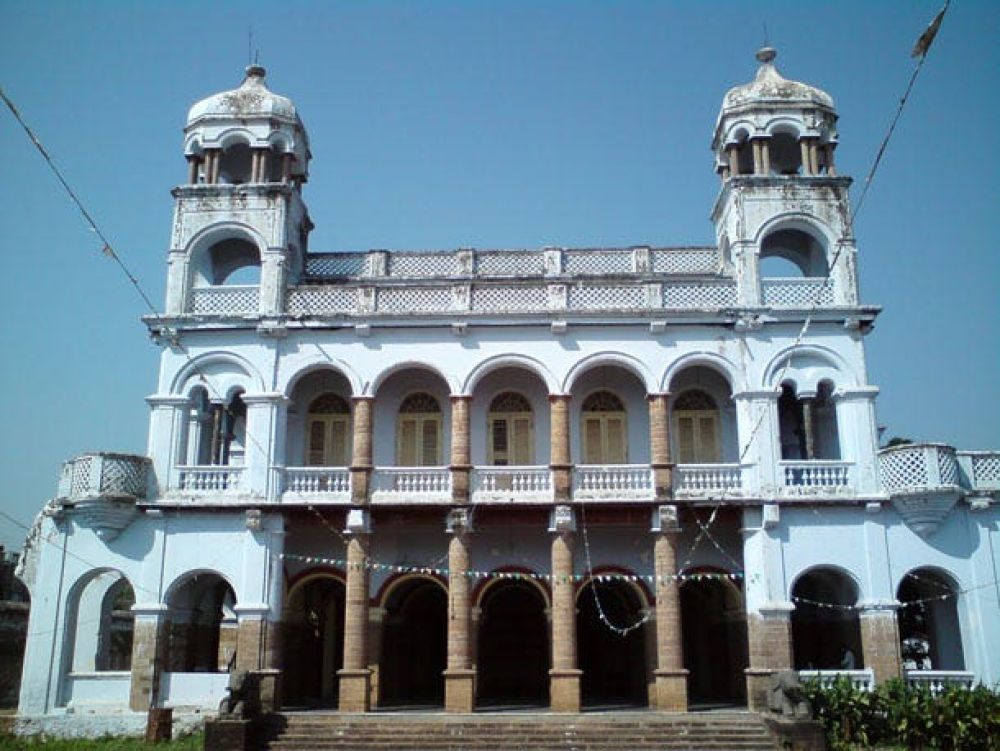

Nestled in the heart of Vizianagaram district of Andhra Pradesh, India, the Bobbili Fort stands as a testament to the region's rich heritage. The fort's history is inextricably linked to the history of the town of Bobbili itself, which was founded in the 17th century.
The genesis of Bobbili can be traced back to 1652, when Pedda Rayudu, the 15th descendant of the Rajah of Venkatagiri, established the town. The name "Bobbili" is derived from "Bobba Hill", which is where the fort was initially constructed. Over time, the rulers of Bobbili played pivotal roles in shaping the cultural and political landscapes of the region.
The fort gained historical prominence with the Bobili Battle of 1757, where the forces of Bobbili, led by Rajah Rajagopala Krishna Yachendra, showcased incredible valor against the aggressors led by the French-supported Raja of Vizianagaram. This conflict delineated a significant chapter in the history of Bobbili and contributed to the fort's enduring legacy.
The Bobbili Fort was known for its impressive architecture and the formidable citadel that represented the power and prestige of the Bobbili rulers. Over the years, despite facing various conflicts and the passage of time, the remnants of the fort have been preserved, allowing visitors to witness the glory of a bygone era.
While the Bobbili Fort might not have been on the mainstream tourism map for much of its history, interest in the fort and town began to peak as the awareness of India's rich history grew among both domestic and international tourists. As scholars and history enthusiasts started to explore the diverse narrations of the South Indian dynasties, places like the Bobbili Fort began to steal the limelight.
Initiatives by the Government of Andhra Pradesh to promote tourism in the region have led to an increased number of visitors to Bobbili Fort over the past few decades. The town's intimate association with classical music and the fine arts, particularly the unique style of Veena playing known as Bobbili Veena, has further enhanced its appeal.
In recent years, concerted efforts have been made to preserve and document the legacy of Bobbili Fort. There is an emerging trend of fostering heritage tourism, aiming to combine the pleasure of travel with educational experiences about India's regal past.
The latest trend in tourism here emphasizes sustainable practices and community involvement, ensuring that the influx of tourists contributes positively to the local economy without compromising the fort's structural integrity. The fort has also been identified as a potential UNESCO World Heritage site, which could significantly boost tourism while ensuring the conservation of this historic structure.
For those interested in experiencing the essence of Andhra Pradesh's royal grandeur, the Bobbili Fort provides an intriguing foray into the past. Visitors can explore the remains of the fortification walls, the palatial ruins, and the Durbar Hall, which still echoes the tales of valor and resistance that define the essence of Bobbili.
Access to the town is facilitated by excellent road and rail connectivity, with the nearest airport located in Visakhapatnam, around 100 kilometers away. The best time to visit is between October and March, when the climate is most conducive for exploring the outdoors.